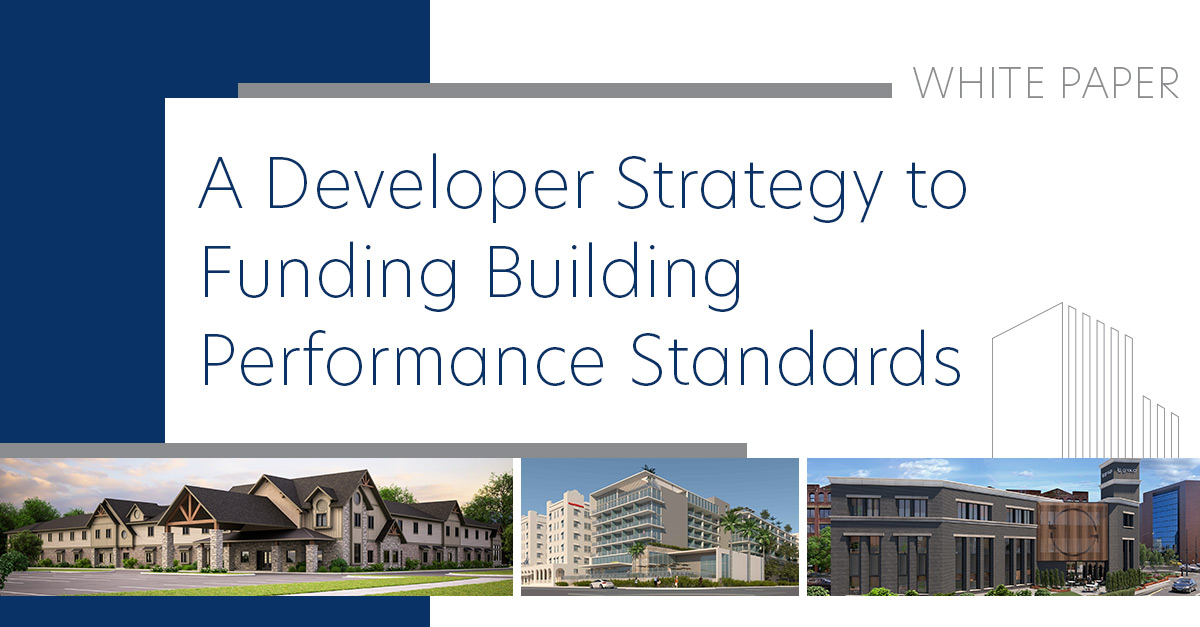Building Performance Standards
U.S. commercial buildings account for nearly 40 percent of energy consumed and more than 30 percent of greenhouse gas emissions and can be a source of much higher emissions in cities (US Department of Energy). As we see the results of climate change in rising sea levels, escalating ocean temperatures, extreme heat, and unchecked wildfires, policymakers are responding. They are establishing climate commitments which require carbon reduction goals be met and establishing incentives to encourage low carbon behaviors. Reducing emissions from existing buildings is a critical pathway to address decarbonization goals and climate change.
One tool policymakers are employing is the implementation of local Building Performance Standards—building efficiency requirements defined with Energy Use Intensity (EUI) Limits met by a specified deadline. Over 50 U.S. cities and states have implemented or committed to Building Performance Standards. This list continues to grow. Most BPS are written with initial EUI goals (by building type) with deadlines by 2030, and steeper EUI goals for 2050. Building owners must move to action so they can meet the 2030 goal requirements.
An important question that hasn’t been answered within the policies is how to fund the required renovations.
Download the white paper to keep reading.





